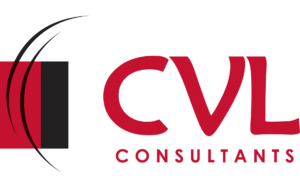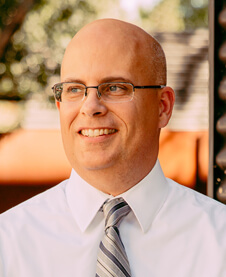Estrella Mountain Ranch
Master Plan Community
Phoenix, Arizona
Services Provided: Civil Engineering, Water & Waste Water, Storm Water Management, Land Surveying, Land Planning
Project Description: This 18,000-acre planned community within the Estrella Mountains west of Phoenix, features two large lakes for retention and recreation purposes, using Corgett wash between the lakes for overflow. CVL provided hydrology and infrastructure plans for paving, water and sewer as well as construction staking for 4,000-acres included in Phase I.
The plan provided for lakefront lots and recreational open space through a central drainage spine connecting the streetscape and lakes and incorporating a bicycle underpass and amphitheater. The lakes, which are supplied with groundwater and stormwater runoff, serve multiple functions by providing surface water reclamation, stormwater detention and groundwater recharge.
CVL successfully coordinated the project with ADOT, the City of Goodyear and Maricopa County.
Special considerations included:
CVL identified easement needs early in the design process, which allowed the client to process and obtain new easements during the design phase with no related delay in construction. CVL’s previous work for the City of Goodyear and the resulting familiarity with staff and procedures helped streamline and accelerate the process.
Due to hilly and existing rocky terrain conditions, CVL worked closely with the City of Goodyear conducting extensive upfront planning sessions of the water and sewer layout. CVL’s ability to coordinate and “plan for the future” enabled the project to be constructed at the designated budget requirements and with no design change orders.
Sewer alignments for the trunk lines and lateral lines were carefully chosen to minimize pipe length and depth. By using this method, CVL minimized rock excavation thereby saving the client overall construction costs and minimized project change orders.
CVL established one-on-one rapport with multiple stakeholders. CVL’s Project Manager and Point-of-Contact became the “goto-person” for all potential issues, facilitating rapid resolution during design and construction.








 Richard Alcocer
Richard Alcocer Jason Kelley, PE, CFM, LEED AP
Jason Kelley, PE, CFM, LEED AP Carolyn Both, CPA
Carolyn Both, CPA